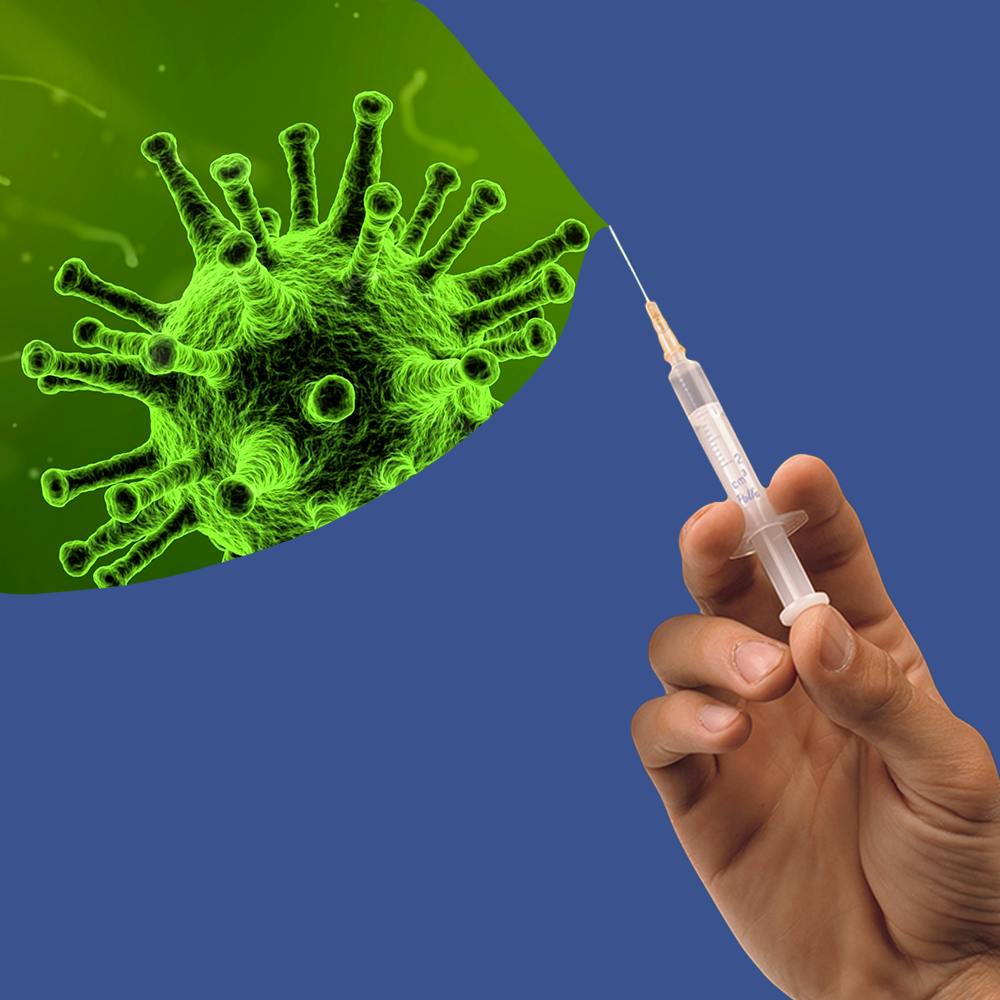The holiday season also heralds the season of sniffles. The world is facing its second flu season during the global COVID-19 pandemic; while cases of the flu remained low last year, scientists and doctors don’t expect this trend to last.
Flu season, which peaks from December to February, is marked by increased numbers of respiratory infections, usually caused by the influenza virus. Typical symptoms include fever, chills, cough, sore throat, runny nose, muscle aches, headaches and fatigue. The flu spreads mainly by droplets made when people who are infected cough, sneeze or talk. It can also spread through contact with infected surfaces followed by touching the mouth, nose or eyes. Because the flu virus mutates every year, individuals have to receive annual vaccines in order to ensure immunity.
There are many reasons why experts believe the flu season could potentially be worse this year. Last year’s season saw a steep decline in cases due to lockdowns and other public health precautions against COVID-19. Dr. Aaron Milstone, a pediatrician and associate hospital epidemiologist with an expertise in pediatric infectious disease at Hopkins Hospital, discussed what makes this year’s flu season unique in an interview with The News-Letter.
“[Last year] people were masked. They were staying home when they were sick; they were getting tested; they were doing all those COVID precautions,” he said. “But in the U.S. right now, in a lot of places people aren’t being that careful with their behaviors anymore.”
Co-infections of flu and COVID-19 are possible and probable, since both diseases are transmitted via small particles containing viruses. According to Milstone, these dual infections are more likely if flu prevalence increases and COVID-19 prevalence remains high, and could spell double trouble for patient health.
“We assume if one’s bad and the other’s bad, then together they’ll be worse,” Milstone said.
The low incidence of flu last year is another factor that could mean a worse flu season this year because people’s immune systems are less prepared for this year’s flu strains. This especially applies to infants, who are at higher risk of complications from the flu and have never experienced any respiratory illness before.
“If people didn’t get the flu vaccine last year and they didn’t get flu last year, then their immune system may not be in prime condition this year to respond,” Milstone said.
Another factor influencing the severity of flu season is the extent of mutations to the influenza virus; according to Milstone, a major change in the virus could make the vaccine less effective.
The flu vaccine is designed to defend against the four influenza viruses scientists predict will be the most common and contagious come flu season. The vaccine is updated every year, taking into account how well the previous year’s vaccine did its job and what vaccine viruses are available. Twice a year, in February for the Northern Hemisphere and in September for the Southern Hemisphere, the World Health Organization makes a recommendation on what flu strains to include in the vaccine based on clinical studies, laboratory samples and public health surveillance.
In the U.S., the Food and Drug Administration has the final say in what strains we include in our vaccine. It takes about half a year to produce sufficient quantities of the vaccine for everyone, so early planning is key.
For Hopkins employees, the flu vaccine began to be administered Sept. 20. Despite the University’s partnership with Walgreens to help deliver the vaccine, some students faced challenges securing an appointment to be immunized. On Nov. 9, Hopkins sent out an email extending the deadline to upload proof of vaccination from Nov. 19 to Dec. 3.
Belle Hartshorn, a senior studying Molecular and Cellular Biology, described difficulties booking an appointment in an interview with The News-Letter.
“It was pretty hard to get an appointment because every time I checked there weren’t any available,” she said. “After the deadline was extended, I was able to get one.”
Hartshorn felt that the appointment itself went smoothly.
“It was super quick, around five minutes, and very easy,” she said.
She is also optimistic that the public health guidelines in place could lead to fewer cases of the flu at Homewood campus this year.
“I hope that since everyone is wearing masks in class and with the vaccine being mandated, we might not see as many people getting the flu,” Hartshorn said. “I remember freshman and sophomore year that so many people would get sick because it spread in lecture halls and dorms.”
Hartshorn also noted how the pandemic may bring a new, heightened sense of urgency to common respiratory symptoms that students may have previously brushed off.
“Flu symptoms and COVID-19 symptoms overlap so much that if everyone is being responsible about staying off-campus if they have symptoms, then the spread of both flu and COVID-19 would be prevented,” she said.





